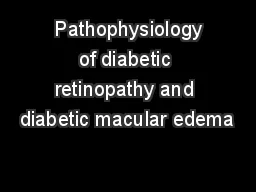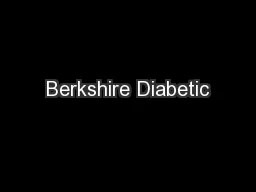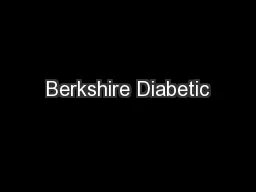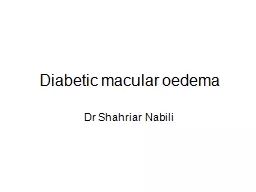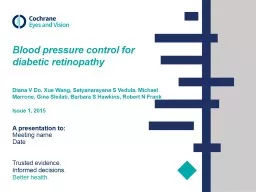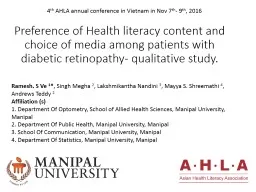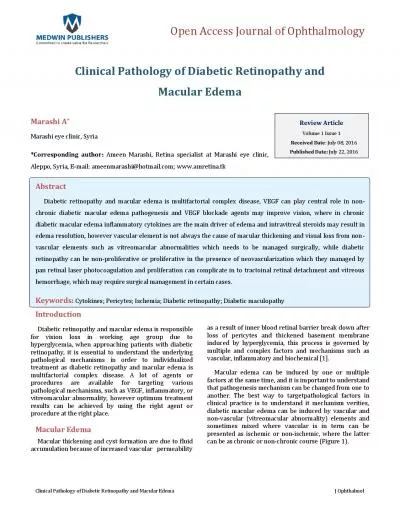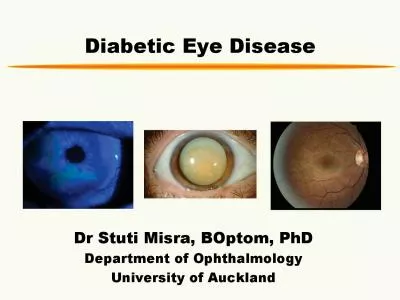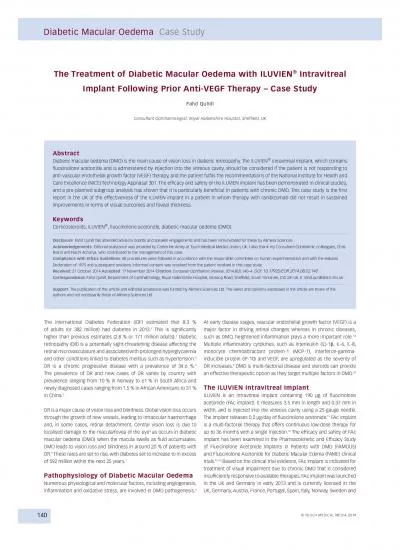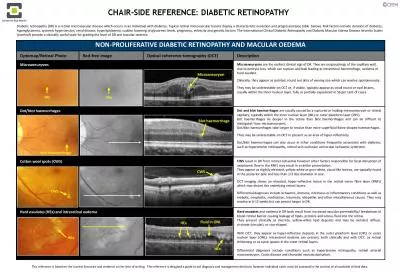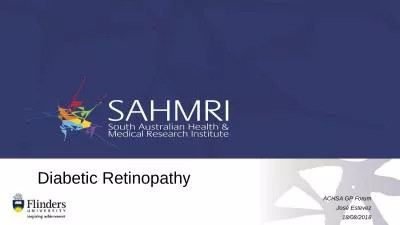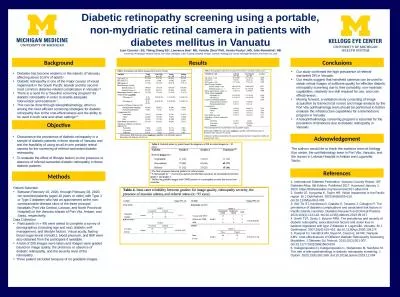PPT-Pathophysiology of diabetic retinopathy and diabetic macular edema
Author : jane-oiler | Published Date : 2020-04-10
Charles C Wykoff MD PhD FACS Physician Retina Consultants of Houston Blanton Eye Institute amp Houston Methodist Hospital Houston USA Faculty Scope of the Problem
Presentation Embed Code
Download Presentation
Download Presentation The PPT/PDF document " Pathophysiology of diabetic retinopathy..." is the property of its rightful owner. Permission is granted to download and print the materials on this website for personal, non-commercial use only, and to display it on your personal computer provided you do not modify the materials and that you retain all copyright notices contained in the materials. By downloading content from our website, you accept the terms of this agreement.
Pathophysiology of diabetic retinopathy and diabetic macular edema: Transcript
Download Rules Of Document
" Pathophysiology of diabetic retinopathy and diabetic macular edema"The content belongs to its owner. You may download and print it for personal use, without modification, and keep all copyright notices. By downloading, you agree to these terms.
Related Documents

